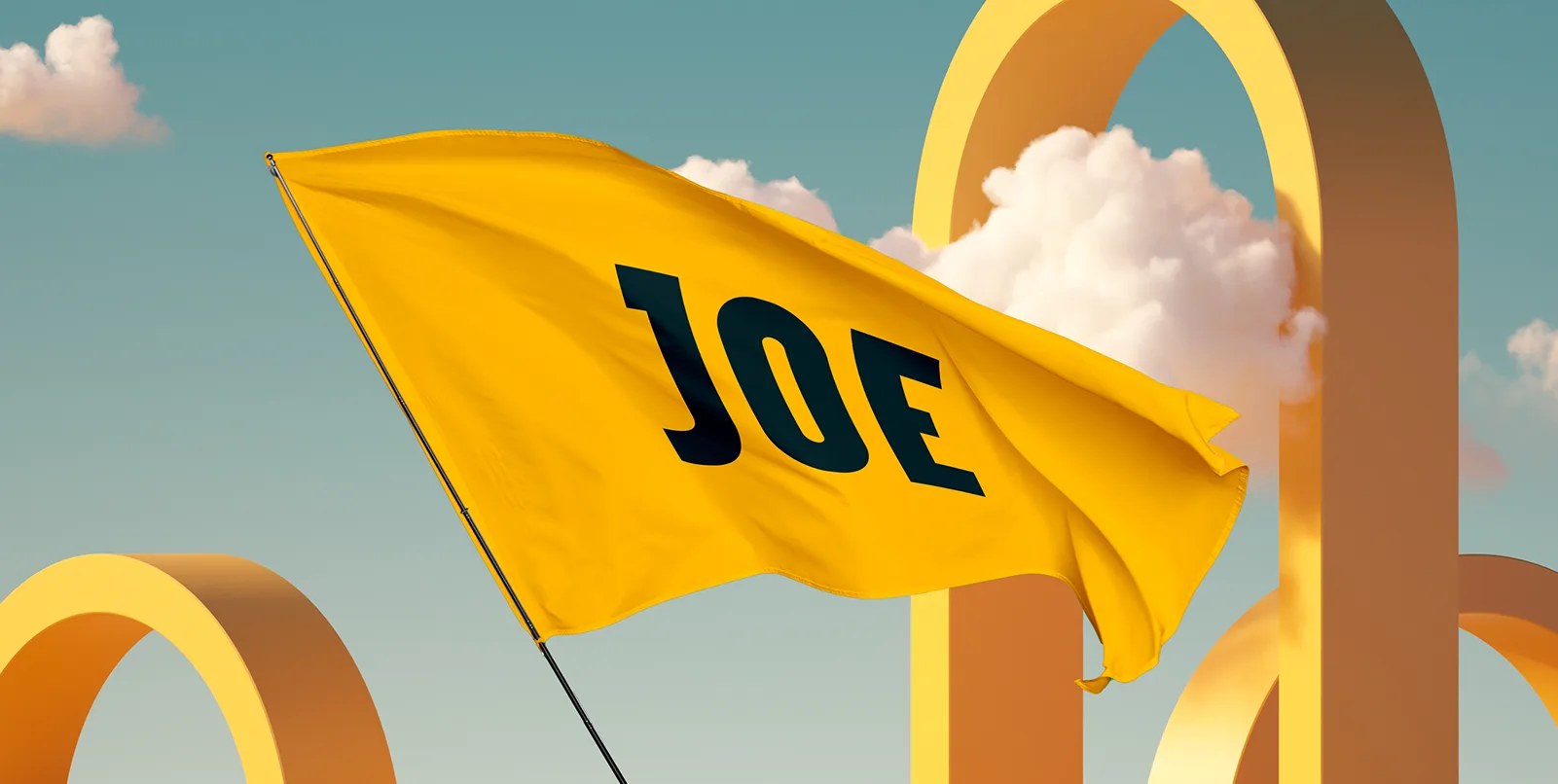A new research centre was launched by An Taoiseach Enda Kenny this week as part of a €15million funding announcement that is targeting head injury and its impact on society.
The grim days of smelling salts and buckling legs on sports fields across the country are fading into folklore. Concussion has long been a by-product of contact sport but ever-improving medical research has shown how devastating it can be if not assessed, monitored and managed properly. As Irish rugby team doctor Eanna Falvey, director of sports medicine at the Sports Surgery Clinic, says: ‘One concussion is a concussion too many.’
The new training, research and testing centre – for local, national and international athletes and teams – will be built in Santry, costing €15m, over the next 18 months. The Sports Surgery Clinic Research Foundation will house existing SSC staff, who have already produced a pioneering study on groin pain that should see return-to-play times reduced from 12 to six weeks.
Dr Andy Franklyn-Miller, Director of the SSC Research Foundation: ‘We began with an athletic groin pain programme and have gradually expanded. We produced the study, saw some positive results and feedback and asked ‘What now?’
The ‘what’ is an injury that impacts 10 per cent of people taking part in sport in Ireland. ‘It’s inevitable – in contact sport there is always the risk of concussion,’ says Dr Franklyn-Miller. The foundation will begin the task of researching, and collecting data, on concussion over the next 12 months. Dr Franklyn-Miller adds: ‘Initially we will be getting in ten members of staff. A lot of it is taking the emotion out of the diagnosis.
‘Major progress has been made with how that concussion is assessed in Ireland and in the USA. No-one is looking at what you do with someone once you have made that diagnosis. Once you do make that diagnosis we will be looking about how do you manage them back to sport. As well as being a research centre we will be looking at rehabilitation practices.
‘Concussion is something that is starting to get a lot of attention. It is something there are no immediate answers for. We will be looking at the mechanisms of managing each concussion. There are already graduated returns to training and play but we will also look at getting people back into their natural environment, be it work or school. Some people may start on the exercise bike and, if they respond well to that, they may be upgraded to a more cerebral, challenging programme. Resuming contact follows. There are many routes to return to play but nothing definitive. Nothing you could hang your hat on.’
‘We’re not just talking about getting people back on the sports-field,’ Dr Franklyn-Miller stresses. ‘For example, we don’t know yet how someone’s 14-year-old is affected in school if they have picked up a concussion at the weekend. We want to get people back to a level where they can work, play and return to normal functions… It’s not just about sport. A professional sports person’s knee injury is no different to that of a roofer. He still needs to be able to return to work, get up on a building site and do his job.’
Dr Franklyn-Miller believes carrying out research in a working sports clinic is ideal for collating research and data in greater numbers. ‘University studies can often look at 20 to 30 individuals but with the groin pain programme, for example, we are publishing data with 400 people. We need that pool to allow us to provide answers to the big questions.’
Professor Paul McCrory, of the Florey Institute for Neuroscience and Mental Health in Melbourne, will chair the foundation’s Scientific Advisory Board. Prof McCrory has been instrumental in creating guidelines on concussion for sporting bodies such as Fifa, the NFL and British Horse Racing. The foundation will be using techniques such as blood screening, neuro-imaging and impact biomechanics to learn more about concussion. They also hope to role out a voluntary screening programme for sportspeople across Ireland.
‘Preventative screening needs to happen. In an ideal world, every child playing sport in the country would have a normal baseline score… You want to know what a person’s normal functions are and can achieve this through capturing their pre-concussion state.’
https://vimeo.com/111133734
The centre hopes to expand its staff to 100 in the coming years and will also look at soft tissue injuries such as hamstring and quad muscles. A study carried out recently, reveals Dr Franklyn-Miller, found soft tissue injuries were most common out of 1,200 surveyed players with Champions League clubs. The average time out was six weeks and the average weekly wage was €120,000. An army of football clubs will be following the Irish foundation’s results closely.
For more on the Sport Science Clinic Research Foundation check out their website and follow their latest findings on Twitter.





































